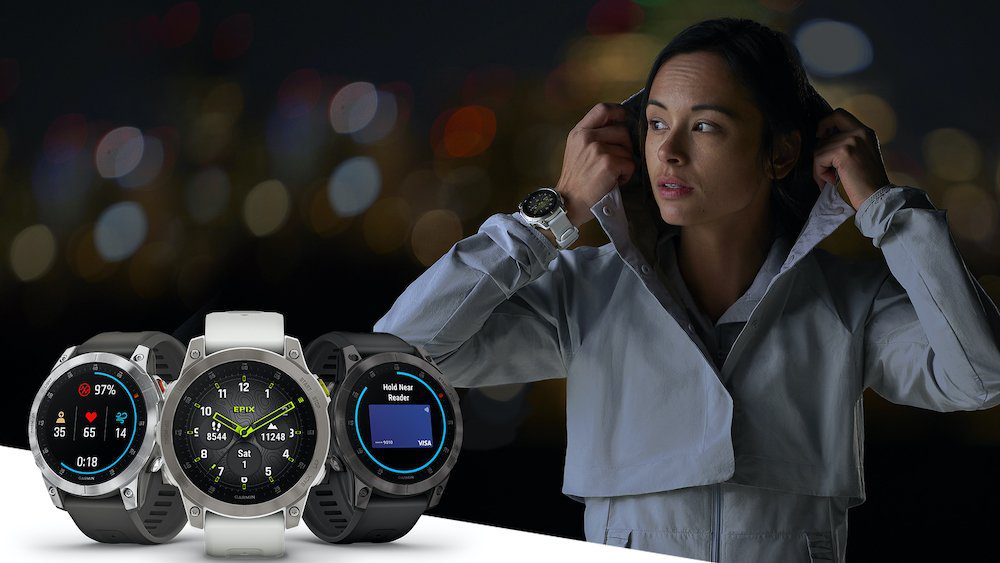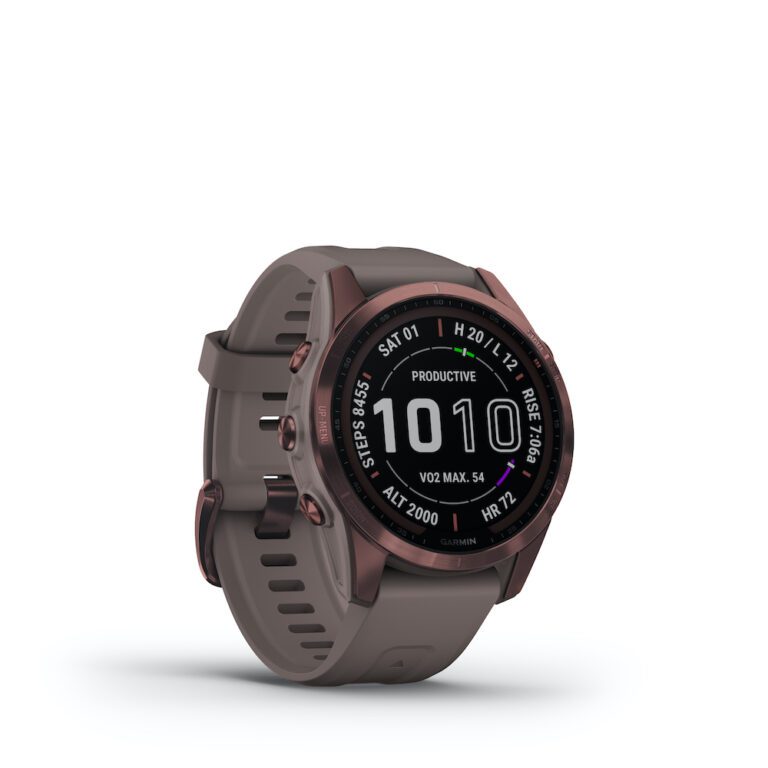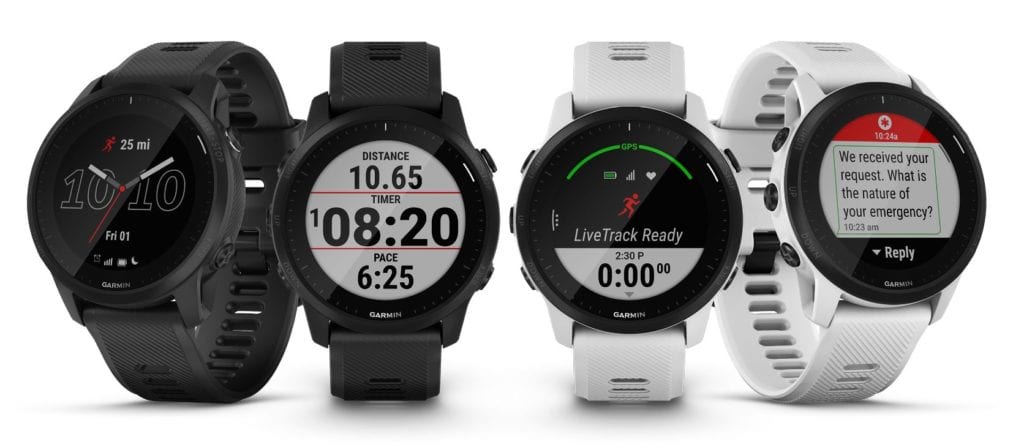Why Garmin rules the roost in GPS sport watches
You can never go wrong with a classic

Garmin has spent decades cementing itself as a staple of the worlds of running, cycling and triathlon, and today, the company’s name is inextricably linked to endurance sports. Garmin is one of the pioneers of the wearable tech industry, and the company helped pave the way for the many new brands in the world that also offer smartwatches and fitness tracking devices today. As much as those other companies are trying to eat into the Garmin market dominance, they have a ways to go – while Apple and Samsung might dominate the smartwatch category, Garmin is way ahead of everyone else when it comes to running and triathlon watches.
That’s why, when many people are in the market for a new GPS watch, they are likely directed to Garmin products by their friends, training partners and the expert they’re likely to meet at the local store. Garmin didn’t happen into its success. The company earned its role in the world of endurance sports, and it continues to do so with each new product release.

What Garmin offers
Garmin has an extensive lineup of GPS watches and fitness trackers. The company has more than a dozen watch series — not individual models, but series (like the popular Forerunner and Fenix lineups), some of which feature more than 10 iterations of fan favourites. Many of these watches were designed with endurance and multisport athletes in mind, as they can track a long list of activities (the most important of which are swimming, cycling and running).
Two keys for any GPS watch are battery life and tracking abilities. There’s really no point to wearing a watch if it’s going to die on you mid-workout or if it’s not going to track your exercise accurately. With Garmin, these issues are nonexistent, as every one of the company’s watches has tremendous battery life and pin-point GPS accuracy. This means you’ll return from every swim, ride and run with your watch still awake and showing correct workout stats, just like every triathlete wants.

On top of tracking pace and distance, Garmin watches can also monitor (once again with great accuracy) heart rate, running cadence, VO2 max and training load. This latter category is an extremely important one that you may not find in other watches. As triathletes, we can be stubborn and sometimes overly dedicated to our training. This can result in us working out when we really should take a break, which can lead to injuries.
Related: Garmin adds LTE to the 945
Garmin’s training load tracking works to prevent that, as your watch will consider your past week of training (looking at your exercise volume and the intensity of your workouts) and compare it to your optimal load. If you’re going too hard, it’ll let you know, ultimately saving you from pushing past the point of no return and getting hurt.
Another key factor to Garmin’s appeal to triathletes is that the watches start as fitness trackers. There are buttons that are easily accessible so you can keep track of your splits. As you can read in our look at the Apple Watch, while that watch can do a lot, it can be a pain in the butt to try and utilize during an interval set.

On top of the many sport-related features offered by Garmin in its watches, the company is releasing more and more smartwatches these days. This means you can sync your watch to your phone, giving you access to music, text messages, phone calls and more. Garmin has even introduced Garmin Pay, which eliminates the need to carry money or cards with you on runs. Instead, your watch acts as your credit card, and you can tap to purchase a mid- or post-workout snack whenever you need.
Related: Training watch showdown – Apple Watch Series 6 vs Garmin 745
You may be reading this and shaking your head, thinking, “Sure, Garmin’s good, but other companies can offer the same features.” That’s true, there are many watches on the market with similar or identical tech, but few can match Garmin’s level in each category. Garmin watches have great batteries, but Company A might produce watches with equal or even longer battery life. At the same time, Company B’s watches deliver down-to-the-metre accuracy for GPS tracking, just like any watch that Garmin sells. Then you’ve got Company C, which makes watches that can also measure your training load and alert you if you’re approaching your limit.
The thing is, companies A, B and C may be able to match — or in some cases even beat — Garmin in one or two categories, but they can’t stack up against Garmin across the board. It would be like if you lined up to race Jan Frodeno. Even if you’re better than him at one of the three disciplines of triathlon (by the way, if that’s the case, good for you, you must be super-fast), he’s still going to beat you to the finish line. So, while the company might be facing lots of competition, so far, it’s managed to stay ahead of the pack.
